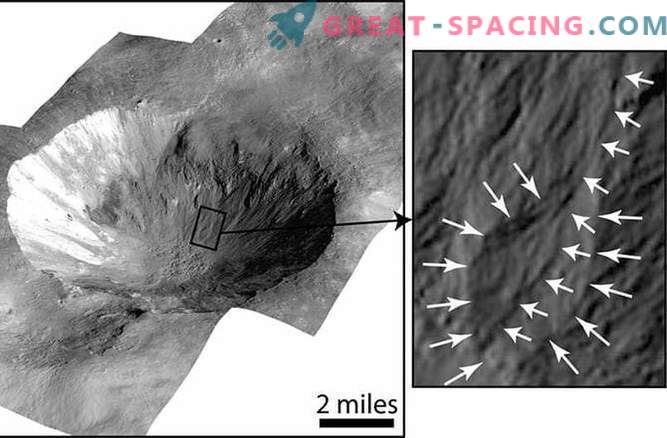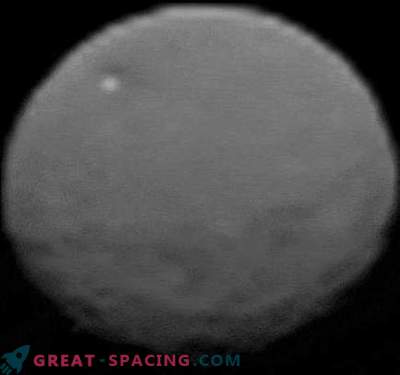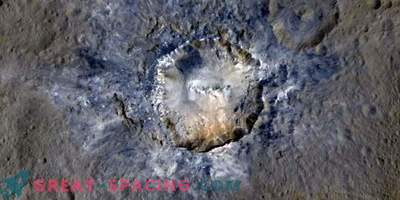
According to a new study, in a relatively recent past, liquid water flowed on the surface of the huge asteroid Vesta.
"No one expected to find evidence of water on West. The surface of the asteroid is very cold and there is no atmosphere, so the water on the surface evaporates," said study lead author Jennifer Scully. "Nevertheless, Vesta turned out to be a very interesting and complex planetary body."
Scully and her colleagues analyzed images of Vesta, the second largest object in the main asteroid belt between Mars and Jupiter, taken by NASA's Dawn, which revolved around the protoplanets from July 2011 to September 2012.
Researchers have noticed curved gullies and fan-shaped structures in eight different craters of Vesta. These craters are young compared to 4, 56 billion-year-old Vesta. All of them, as scientists believe, have formed over the past several hundred million years. On average, the ravines are 3,000 feet (900 meters) long and 100 feet (30 meters) wide, the researchers say. They have a striking resemblance to the channels of mudflows here on Earth, which are formed when a small amount of water puts dirt and stones in motion.
"They form a kind of complex network of channels that we see in a meteorite crater in Arizona," Scully said last month at the annual autumn session of the American Geophysical Union in San Francisco, where she presented the results.
Scully's team suggests that meteoric impacts melt ice deposits, sending liquid water and small rock particles down the walls of newly formed craters.











































